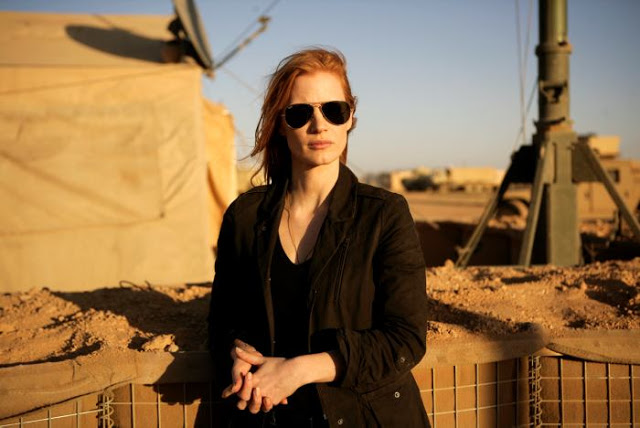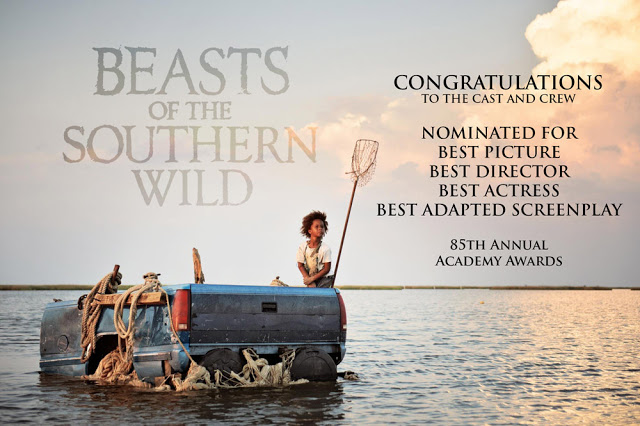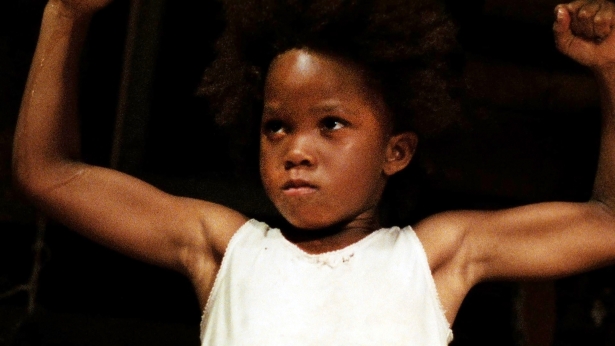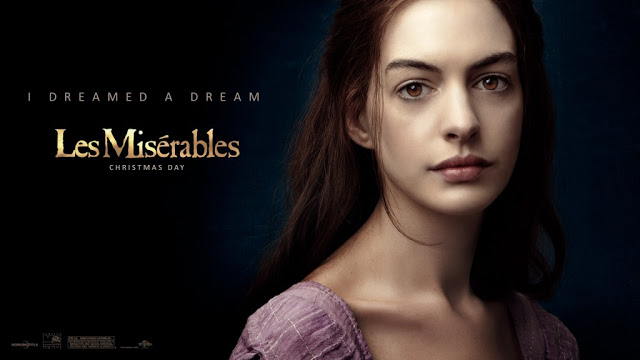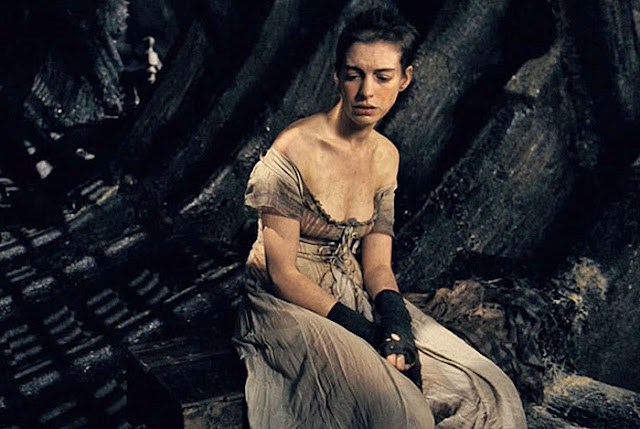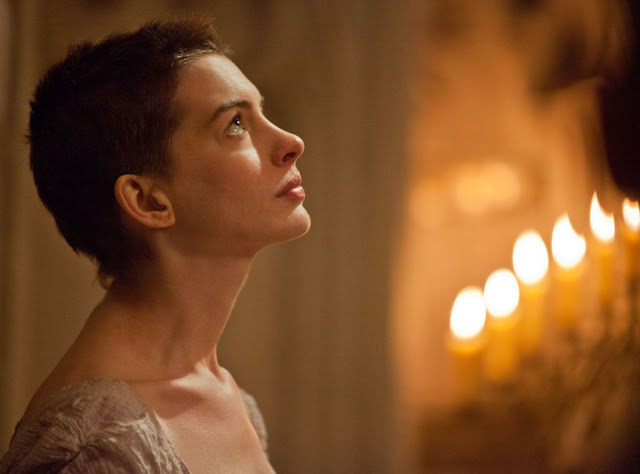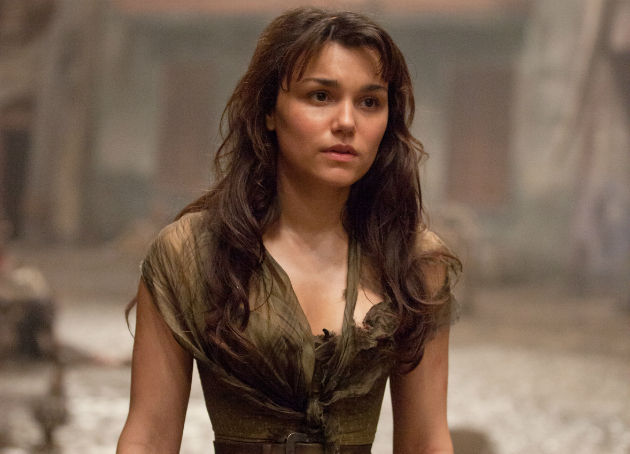Guest post written by Alison Vingiano, originally published at AGV Notes. Cross-posted with permission.
The movie theater was already packed when I found my seat on Sunday afternoon. When the lights dimmed, the screen stayed dark. Phone calls from September 11, 2001 echoed throughout the room. I don’t think anybody breathed for the first three minutes of the film.
Zero Dark Thirty was one of the best movies I saw this year. The protagonist, Maya, captivated me with her focus and passion. She was a realistic, interesting character to watch, despite how little we learn about her life. At times she was overwhelmed, but she never collapsed with emotion or passion. Maya was no Carrie Mathison. On Monday, still thinking about the film, I read that day’s TIME Magazine piece. The author interviewed Kathryn Bigelow about the deeply perplexing final shot. She wrote:
“You may be wondering why Maya — so stoic and static throughout her years of hunting — breaks down into sobs when the mission is over… All this comes after a decade of ruthless pursuit, in a career to which she has sacrificed her entire life and, for the audience, more than two hours of watching a character display no hint of an emotion other than vengefulness, dedication, patriotism or anger.”
Okay there, TIME Magazine, check yo’self. No emotion other than anger? Stoic and static throughout her years of hunting? Yes, Maya does not cry until the final shot. Deeming her emotionless, however, narrows the complexity of her character. It assumes that a women who does not cry does not feel. It is important to recognize Maya as an emotional character because doing so illustrates the depth of her strength. It shows that emotional women are competent, focused and determined as well.
Maya displays a wide emotional range. In fact, had her character been a man, reviews would likely comment about his brave sentimentality. We would discuss he queazy response to torture, for example, or his frightened reaction to being attacked by gunfire. She is too emotive for a man, yet not emotive enough for a woman.
 |
| Jessica Chastain as Maya in Zero Dark Thirty |
Let’s look at specific examples of Maya’s emotional reactions. When Maya’s colleague is killed, we see her curled up in her office, paralyzed by (what I interpreted as) sadness and shock. Many scenes later, we see that a picture of Maya with this friend is her computer background. When Maya first experiences the interrogation of detainees, she looks away. The sight upsets her. In fact, when she is left alone with a detainee and he asks for her help, the audience cannot predict if she will succumb to his request. Finally, she delivers a strong but difficult answer: “You can help yourself by telling the truth.” Later, when Maya is shot at by a group of young men, we see a panicked, unrestrained reaction. When Maya receives the call that US troops are raiding the mansion in Abbottabad, she hangs up the phone with such a fierce expression of fear and excitement that I wanted to hug her.
Maya is a stronger character because of these natural emotional responses; she lets herself feel and fully experience the trauma she endures. She responds like a human being and a CIA veteran, not as some stoic, cold-hearted robot. When Maya cried in the final shot, it was a logical progression of her character’s growth. She just achieved her greatest career goal, while also changing the course of the war on terror. How could she not be overwrought with emotional display? I was not at all shocked, as the TIME article suggests viewers must have been.
We should not assume all female characters will emote similarly. Real women display their feelings in various ways, some of which include “not crying.” It is wrong to see a woman thriving in a high-stress job – without tears – and think “wow, she is emotionless!” I doubt we would assume that about a powerful career oriented man. We would simply discuss how well he performed his job.
Strength largely derives from how one processes their feelings. Cinematic portraits of powerful women are not just the Catwoman or GI Jane. We also need to see and accept powerful, emotional women in film. Yes, Maya was angry, determined and combative for much of the movie. But she also showed fear, sadness and defeat. The beauty of Maya is that she was written with the same complexity as any male character. And you know why? Because she’s based on a real-life, three-dimensional woman. Calling her emotionless insults the depth of her intricately formed character.
———-
Alison Vingiano is a writer, comedian, filmmaker and feminist residing in New York City. Her work has been featured on many websites, including Thought Catalog, Feministing, After Ellen and The Jane Dough. Follow her at www.agvnotes.tumblr.com and on Twitter at @agvnotes.
